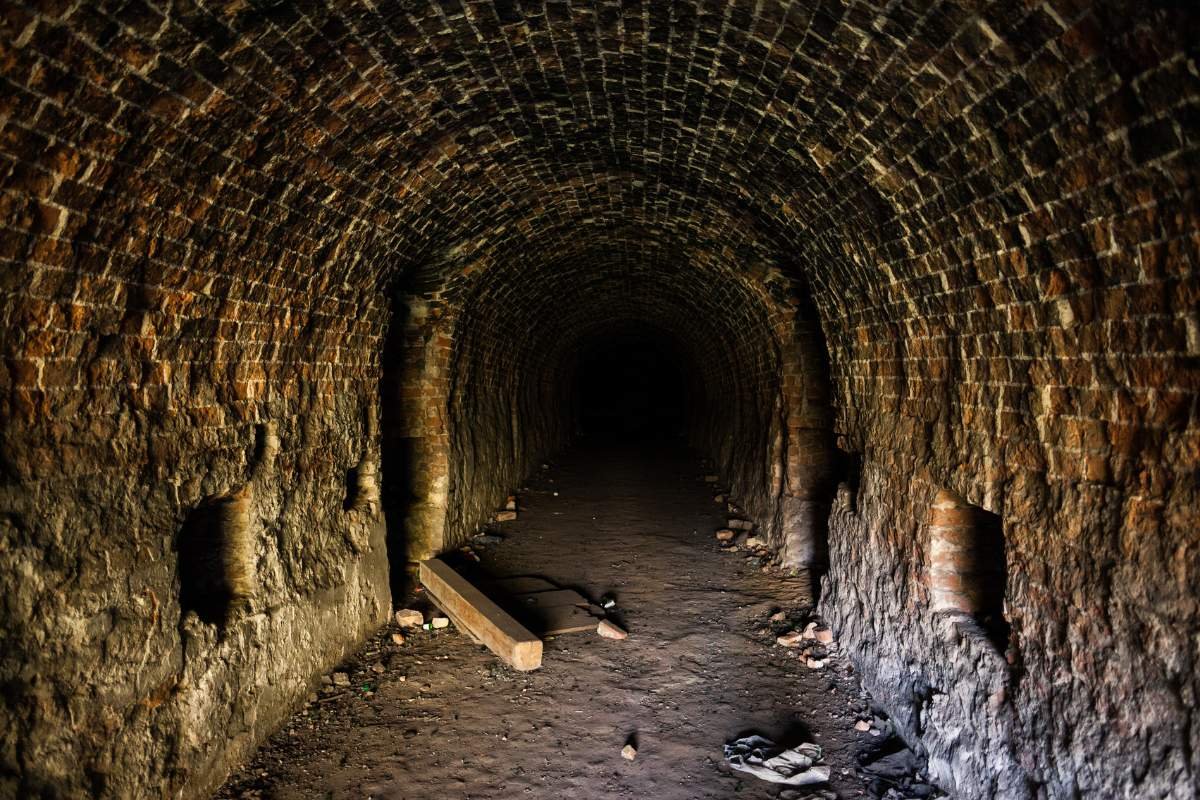Stepping into a city where every street feels like an open-air museum. The walls whisper history, the rooftops dance with art, and even the coffee shops look like mini palaces. That’s the magic of Italian architecture. It’s not just about buildings, it’s about living inside a masterpiece.
Italy doesn’t just build; it creates stories in stone. From the marble cathedrals of Milan to futuristic towers in Milan’s skyline, this architecture shows how beauty and innovation can live together like old friends. The best part? Italians didn’t just design for function; they designed for emotion.
So, if you ever doubted that bricks can make your heart skip a beat, welcome to Italy. By the end of this article, you might just start planning your next vacation or, at the very least, begin sketching arches on napkins. Let’s dive into the world of Italian architecture, where every structure has a soul and every detail has a story.
Understanding Italian Architecture
Italian architecture is a blend of ancient art, religious devotion, and creative genius. It started with the Romans, who built grand structures like aqueducts and amphitheaters that still inspire architects worldwide. Then came the Renaissance, where artists like Michelangelo and Brunelleschi redefined how humans interact with space, symmetry, and light.
This architecture is not just about history; it’s about evolution. Italy’s modern architects combine sustainability with heritage, creating buildings that honor the past while embracing the future. Cities like Milan and Florence now showcase green towers, solar-integrated façades, and restored monuments that meet today’s environmental standards without losing their cultural soul.
Top 10 Italian Art and Architecture in 2025
1. Duomo di Milano – A Gothic Marvel that Touches the Sky
The Duomo di Milano remains one of the most remarkable examples of Italian architecture. Its intricate Gothic design took nearly six centuries to complete, and in 2025, it still captivates millions. The cathedral’s spires, marble carvings, and stained-glass windows glow under the Milanese sun. Recently, digital restoration efforts have added 3D visual tours, allowing visitors worldwide to experience its grandeur virtually. It’s a breathtaking mix of faith, art, and technology.
2. The Colosseum – The Eternal Symbol of Rome

Even after 2,000 years, the Colosseum continues to be a masterpiece of Italy. Built during the Flavian dynasty, this massive amphitheater once hosted gladiatorial games and public spectacles. In 2025, the Colosseum’s new underground pathways now feature interactive digital exhibits that recreate ancient Roman battles through AR. The preservation teams have also used eco-friendly materials to reinforce its walls without disturbing its original structure.
3. Pantheon – The Temple that Outlasted Time
The Pantheon in Rome is one of the best-preserved monuments of ancient architecture. Built around 125 AD, it is famous for its dome, still the world’s largest unreinforced concrete dome. In 2025, engineers introduced humidity-controlled air systems to preserve its marble interiors. Visitors are often left speechless when sunlight passes through the oculus, lighting up the entire chamber like a divine spotlight.
4. Doge’s Palace – Venice’s Gothic Jewel

Doge’s Palace is a stunning representation of Venetian Gothic style. Once the home of Venice’s leader, this palace now serves as a museum filled with political history and fine art. Italian architecture in Venice stands apart due to its floating foundations and detailed façades. New preservation technology protects its delicate marble against rising sea levels, showing how tradition adapts to climate challenges.
5. Leaning Tower of Pisa – The Tilt that Made History
When engineers make a “mistake,” and it becomes a global icon, that’s the Leaning Tower of Pisa. This unique example of Italian architecture began tilting during construction due to soft ground. However, in 2025, the tower stands more stable than ever thanks to recent adjustments and underground reinforcements. Visitors can climb its spiral staircase safely to enjoy breathtaking views of Pisa.
6. St. Peter’s Basilica – A Divine Masterpiece of Renaissance Design

Located in Vatican City, St. Peter’s Basilica remains one of the crown jewels of architecture. Designed by Michelangelo and Bernini, it represents artistic perfection. In 2025, its restoration work has revived its frescoes and sculptures with stunning clarity. Visitors are now guided through multimedia displays that reveal hidden stories about its construction. The grandeur of its dome still moves millions to tears.
7. Uffizi Gallery – The Heart of Florentine Art
While primarily known for its art collections, the Uffizi Gallery is also a masterpiece of architecture. Built in the 16th century, it was designed by Giorgio Vasari to showcase Medici power and taste. The gallery will combine classic and digital exhibitions, using AR projections to bring Renaissance art to life. The building itself remains a living testament to Italy’s architectural legacy.
8. Castel del Monte – The Mystery Fortress of Puglia

Castel del Monte is unlike any other Italian building. Built by Emperor Frederick II in the 13th century, it’s a symbol of mathematical precision. Its octagonal design reflects the harmony of geometry and nature, key principles of Italian architecture. The fortress attracts researchers who use drones and 3D scanners to decode its hidden astronomical meanings. It’s both a castle and a cosmic puzzle.
9. Bosco Verticale – The Green Future of Milan
Bosco Verticale (Vertical Forest) shows how Italian architecture is leading sustainable innovation. These twin residential towers in Milan host over 900 trees and thousands of plants, turning the skyline into a living ecosystem. In 2025, Bosco Verticale continues to inspire eco-architecture globally. It represents Italy’s modern approach, mixing aesthetics, nature, and responsible living without losing elegance.
10. MAXXI Museum – Modern Art Meets Futuristic Architecture

The MAXXI Museum in Rome, designed by Zaha Hadid, celebrates the evolution of architecture into the 21st century. Its fluid lines and open spaces symbolize movement, innovation, and creativity. MAXXI will have expanded with digital art installations, robotics-inspired designs, and AI-powered lighting systems that react to human presence. It’s where Italy’s architectural past meets its digital future.
Read More:
- Inside the 15 Largest Temples in the World: Where Faith Meets Architectural Wonder
- 21 Tombs Around the World: Tales of Power, Belief, and Architecture
- The Stories, Symbols & Secrets of the New 7 Wonders of the World
The Art Behind the Architecture
Every piece of Italian architecture is an artwork. From Michelangelo’s domes to Hadid’s curves, the artistry goes beyond structure; it expresses emotion, philosophy, and human ambition. Italian artisans still use traditional materials like marble, terracotta, and stone, blending them with smart technologies.
The artistic spirit of Italy remains alive in frescoes, mosaics, sculptures, and public squares. The architecture connects people to history while giving a glimpse of tomorrow’s possibilities. Italian cities like Rome, Florence, and Milan have also introduced “Art Nights,” where museums and architectural landmarks remain open until midnight, combining performance art with architectural storytelling.
Blending Past and Future of Italian Architecture in 2025
Italian architecture is undergoing a silent revolution. The focus has shifted toward restoration, sustainability, and innovation. Green architecture dominates urban landscapes. Rooftop gardens, solar façades, and adaptive reuse of old buildings have become standard.
Rome’s new architectural policies promote carbon-neutral designs while preserving historic value. Florence uses AI-based restoration models to predict future structural damage. Milan is setting trends with smart residential buildings that combine energy efficiency with artistic beauty.
This balance between old-world craftsmanship and modern technology makes Italy one of the world’s most respected design movements. Italy proves that innovation doesn’t mean abandoning heritage; it means strengthening it with purpose.
Why Italian Architecture Still Rules the World?
- Cultural Legacy: Every structure carries thousands of years of history.
- Artistic Precision: This architecture treats symmetry, balance, and proportion like poetry.
- Innovation with Tradition: Modern Italian designs blend futuristic ideas with historical elements.
- Global Inspiration: Architects worldwide study Italy’s structures to refine their own craft.
- Emotional Connection: Italy makes people feel something: pride, awe, peace, or love.
Conclusion
If buildings could talk, Italian ones would probably say, “We’ve seen empires rise, painters weep, and tourists drop ice cream, but we’re still standing.” That’s the charm of Italian architecture. It doesn’t age; it evolves gracefully like fine wine or timeless art.
Italy continues to prove that architecture is not just about shelter, it’s about soul. Whether you’re standing before the Colosseum or sipping espresso under a marble archway, you’re not just in a city, you’re part of a masterpiece still being written.
So the next time someone says walls can’t speak, send them to Italy. Because in the world of Italian architecture, even the stones have stories to tell, and they’re all worth hearing.


















